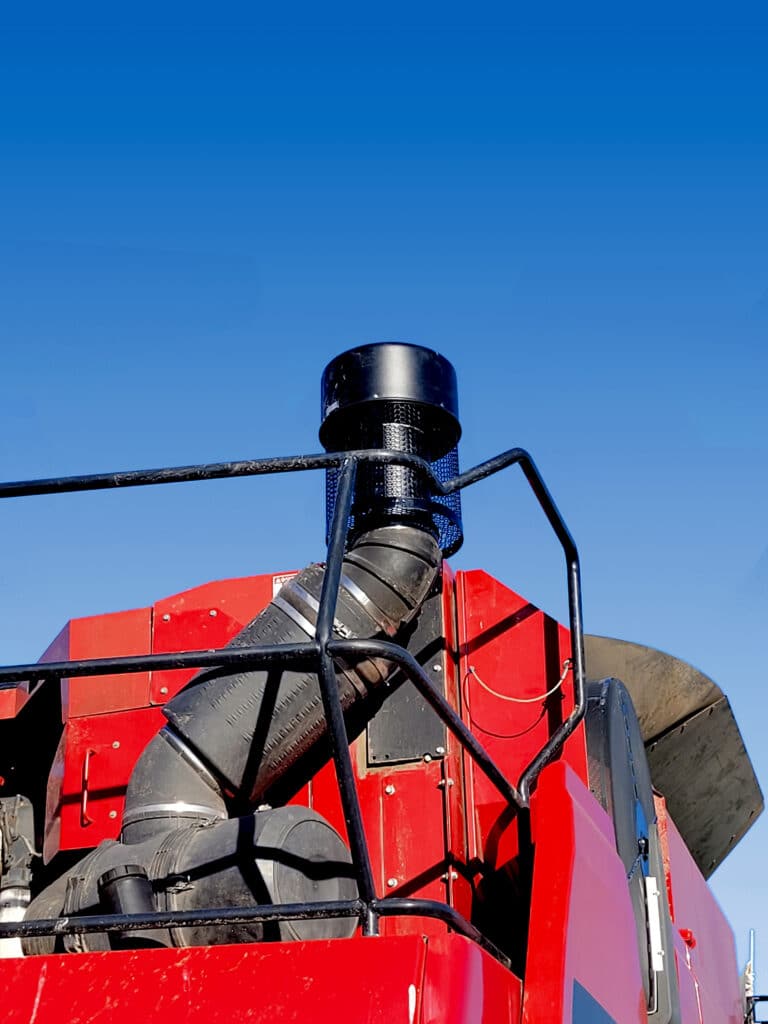The Importance Of Airflow

Yes, airflow is critical to the longevity of combine and tractor engines.
The short answer is the Hillco Air Flow System. Read more below about the AFS.
The Importance of Airflow
What is Airflow?
Airflow refers to the amount of air that enters the engine during the combustion process. In a diesel engine, the air is compressed in the cylinder before fuel is injected and ignited. This process produces heat and pressure, which pushes the piston down and creates mechanical energy that can be used to power the vehicle or equipment. There are several reasons why airflow is critical to the performance of combine and tractor engines.
1. Combustion Efficiency
2. Power Output
3. Engine Longevity
Components that affect Airflow:
1. Air Filters
Air filters are critical to the performance of combine and tractor engines. They prevent dirt, dust, and other particles from entering the engine, which can reduce the amount of airflow. A dirty air filter can restrict airflow and lead to reduced engine performance.

